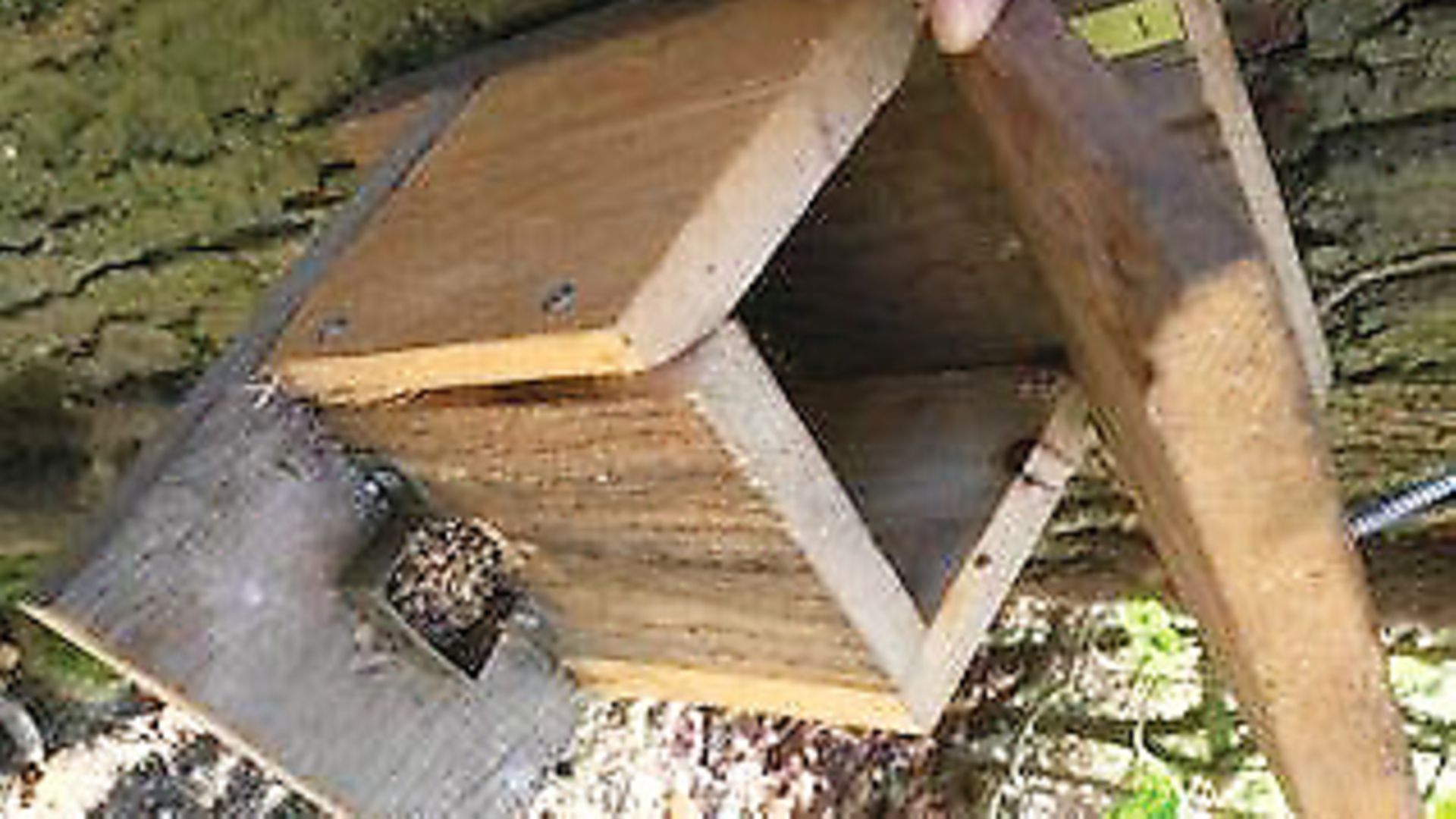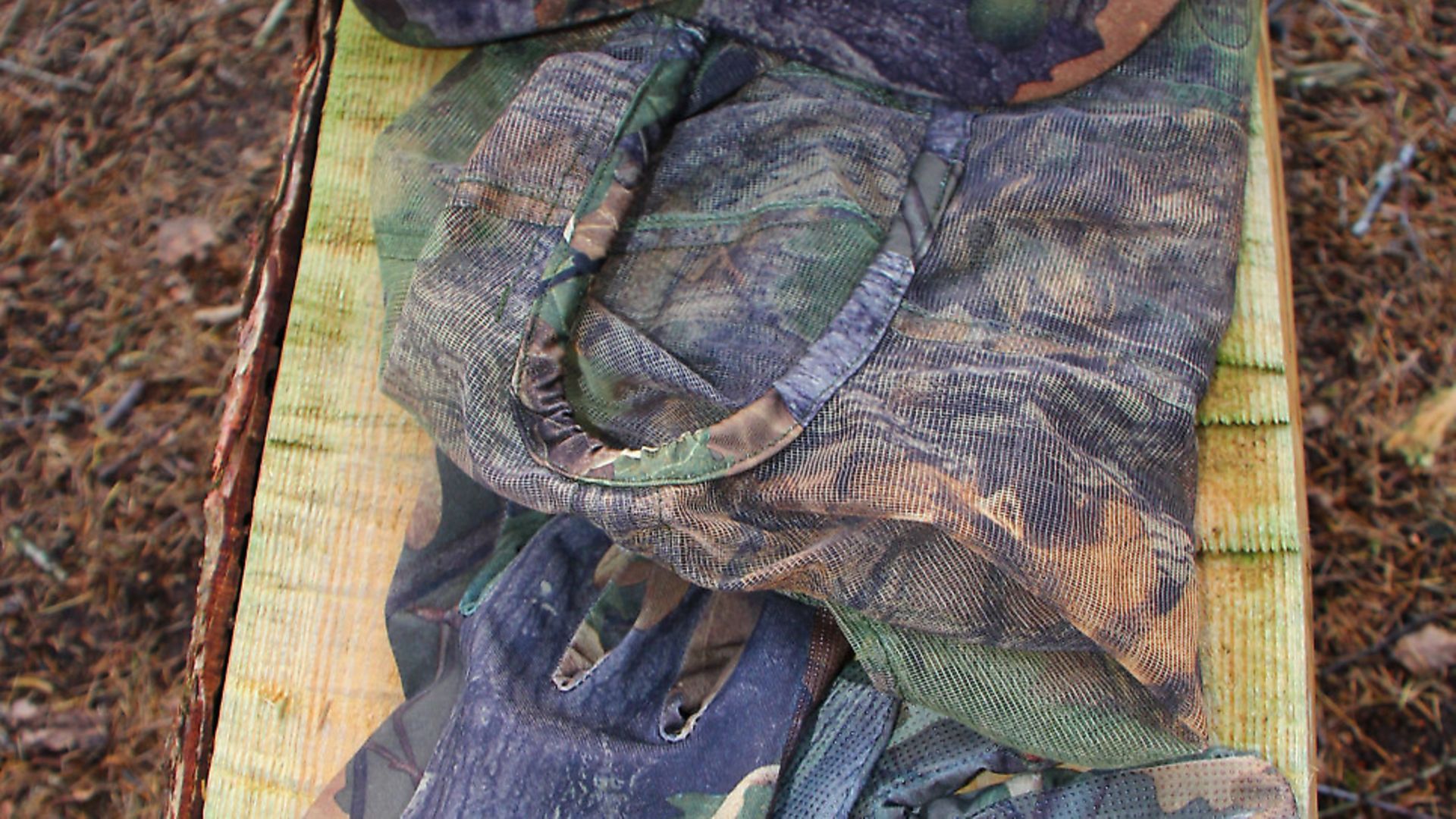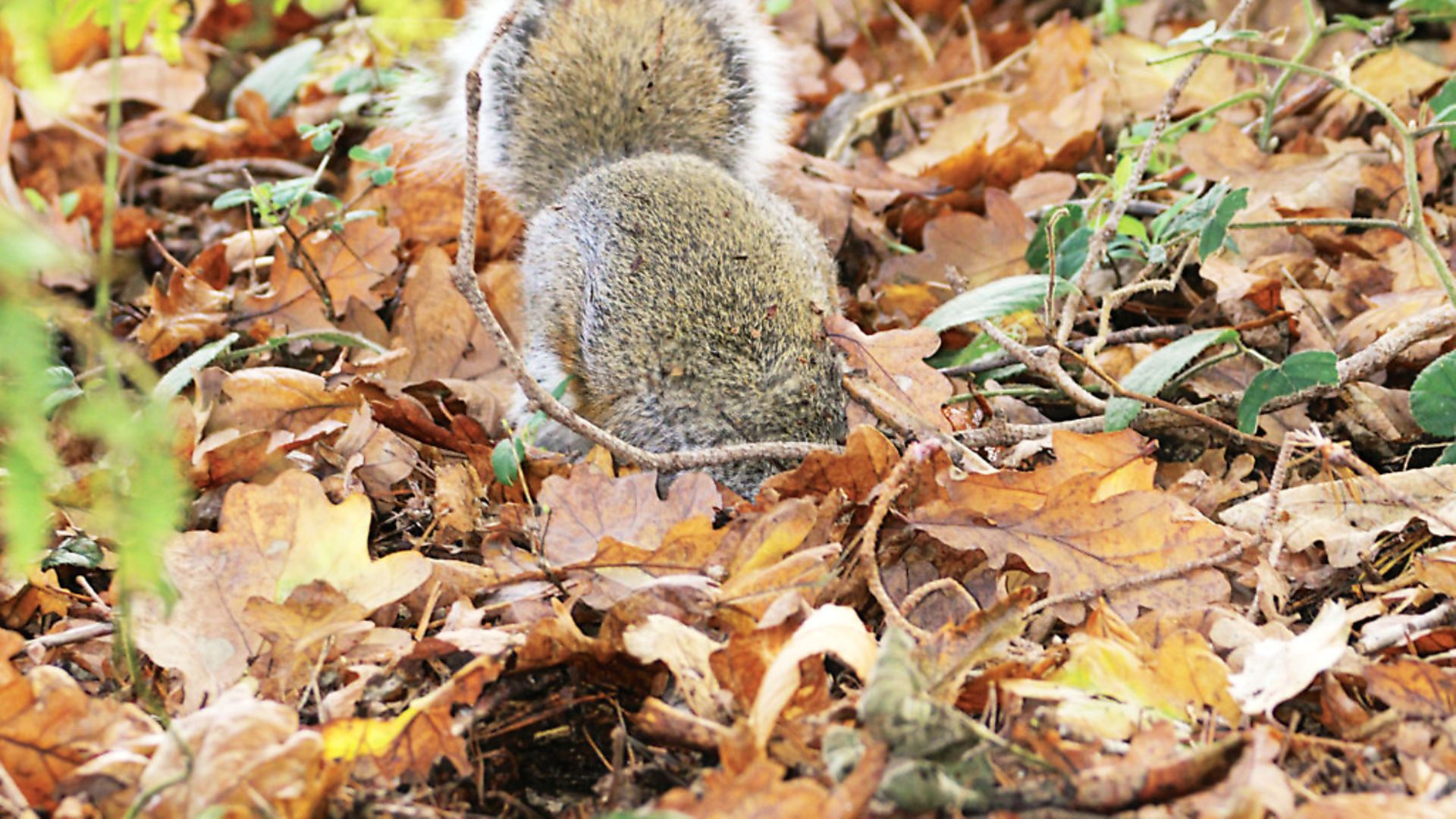“When I first got one of my permissions, it was overrun with squirrels; in the first year alone I shot 472”. Eddie Jones shares his number one way of shooting grey squirrels
 credit: Archant
credit: Archant
This month, I was going to try to give you some hints on how I shoot squirrels in all four seasons, but the method I am going to tell you about now warrants its own feature to get the best out of it.
When I first got one of my permissions it was overrun with squirrels; in the first year alone I shot 472. Now, this may seem like a great number and yes, it was to me at the time, but it didn’t even make a dent in the damage that was happening to the trees. The wood was just over 100 acres in size and I spent thousands of hours walking it at the weekends. The forestry contractor was over the moon with what I was shooting, but even he would see just as many again through the week. A lot of the squirrels got used to me and knew what was coming over time, so to outwit them I devised a new plan.
The wood was used for a pheasant shoot, so most of my shots were around the pens in the winter. The feed bins were a ready supply of nourishment for the squirrels without any effort at all for them to find it. I had made a deal with the gamekeeper that I would commit to shooting the pens when I came up, but would also like to set up a feed bin in another location. The trouble with the pens was that the birds could spook with me around, when they were young, and also I was shooting through the fences most times, so it was a little difficult in some areas.
Another problem was cover because where the pens were built there were a lot of conifer trees, and these were great for keeping the birds safe and warm, but it was a problem trying to get through to the squirrels for a clean shot. I had to get my own feeder away from the pens and locate it somewhere so that I could see any squirrels coming toward it through the trees.
 credit: Archant
credit: Archant
The right spot
When looking where to put the feeder, find an area where the trees start to thin out so you get a good view of the squirrels coming to it. I find it is less productive if you set up in the middle of the wood because you never know from which direction the squirrels will be coming so there is a good chance you will be seen by at least one of them, if not more.
The best location is near the edge of the wood. Don’t worry if you think you are away from the main haunts, because the squirrel will travel a distance if he knows there is a good food supply. This also helps in getting more shots off; if you have the squirrels travelling a good way, then as you shoot them the next one has less chance of hearing the gun go off, or the sound of the pellet impacting another of its mates as it is coming toward you.
Now you have found your prime location, it is time to feed it as regularly as you can. Check the bins yourself every other day before your planned shoot, to see how much food is getting eaten. Obviously, some food will have been eaten by birds, but mostly it will have been eaten by squirrels so it will give you an idea of how many are visiting the bin.
 credit: Archant
credit: Archant
The feed I use is a mix of sunflower seeds and nuts. The squirrels love this and as soon as you get one squirrel feeding confidently on the bins, more will follow. Another good mix is maize and wheat, but a lot of the wheat will be taken by birds, so this requires a more regular top up.
Which feeder?
You can get all kinds of different feeders. I first started with a big feeder that the shoot used, but later went to a smaller one that I could fix to a tree. This makes the squirrels more confident to feed when up in the tree and they’ll sit still longer, as opposed to feeding on the ground. Feeders have evolved so much over the years, and a friend has made me some good ones lately that the squirrels seem not to destroy so quickly.
 credit: Archant
credit: Archant
Once you have found your location, you need to set up some sort of hide. I try to use as much natural flora as possible for the hide so that I can leave it in situ, then the odd repairs won’t take long if needed. If you prefer a camo net, that will be fine, but leave it set up so the squirrels get used to it. Your hide should be around 25-30 yards from the feeder, giving you a perfect distance for your zero. If you are shooting further, then it is worth checking your distances to trees around you and marking the tree, so you do not need to guess if a shot presents itself. It is also worth checking your pellet impact at certain heights. Gravity has a strange effect on the pellet and you will be surprised how much higher your pellet will strike at the greater angles.
Ready to go
OK, we have set up the feeder and the hide is all built. You will have been topping up the feeder for at least five days and already it is showing signs of activity. Now we will get prepared for the morning shoot. When shooting from a hide for hours in the winter it is going to be cold and you’re going to need things to keep you going whilst you wait for the squirrels to arrive. You kit list should include a spare pair of socks, and another layer for your legs and top half once you’re settled. Remember whilst walking to the hide you will be warm, but once you sit for a while you will get cold. A hot flask or two is a must, and food. All this kit will fit into a rucksack and won’t be too heavy to carry to the hide. I have made the mistake of not taking these essentials and because of me being pig-headed and wanting to stay and shoot more squirrels, I nearly got hypothermia. That will never happen again, so please be prepared for any situation.
When you’re all set up and the light starts breaking, you will see squirrels bounding through the trees straight away. The quicker you can shoot the squirrel the better because this will not disturb any others that are on their way. When you shoot your squirrels, do not be tempted to go and retrieve them. I have shot a dozen squirrels, and the next ones will still be above their deceased companions and feeding without any problems. You will only run the risk of getting spotted if you keep coming out of the hide, and a face net and gloves are essential to stay hidden from the sharp eyes of the squirrel, in my opinion. Also don’t forget to look on the ground for any squirrels feeding. They may prefer to dig up an acorn or chestnut that they buried in the autumn, and if you have set your feed area where the floor is pretty clear, you will have no worries getting them, too.
So there you have it. You will not make squirrel shooting any easier than if you this method. Set it up to suit your needs and preferences – no way is it set in stone, so work it how you feel best. Good luck.
Read more from Eddie Jones...
Hunting: Shooting rabbits at night
Hunting: Clever kit
Hunting: Sportpup in the field